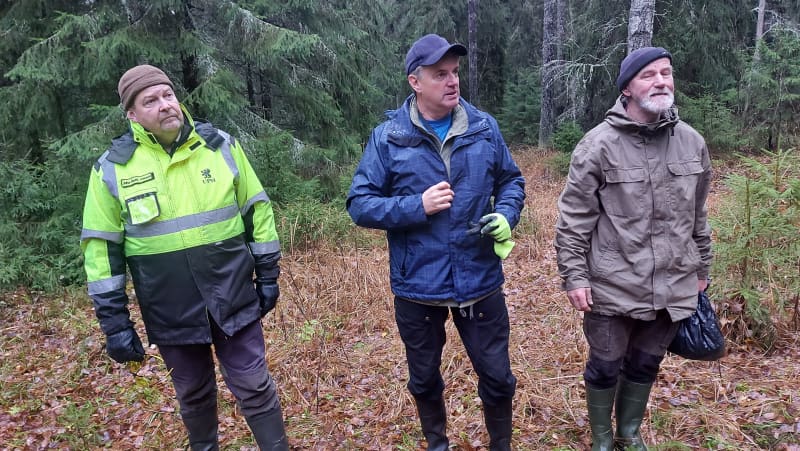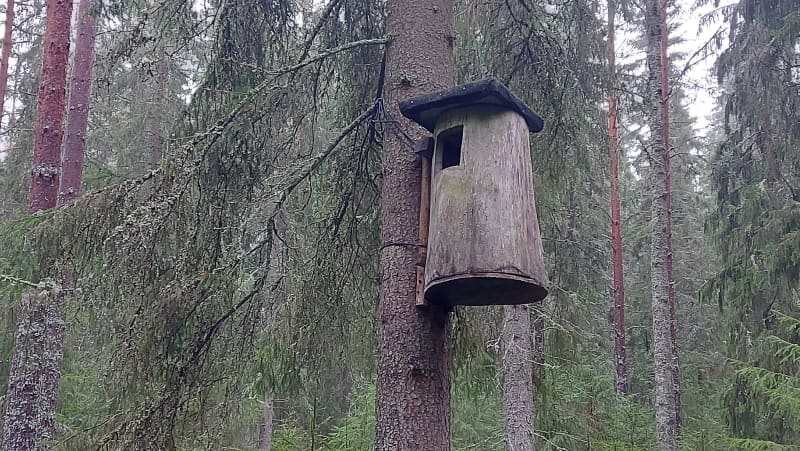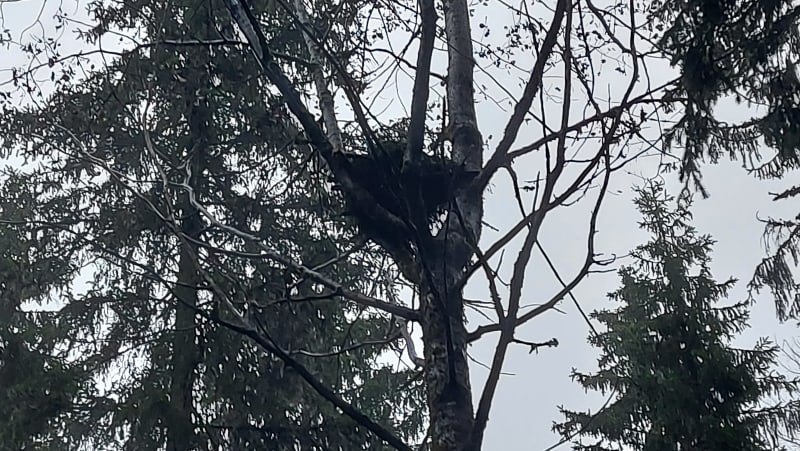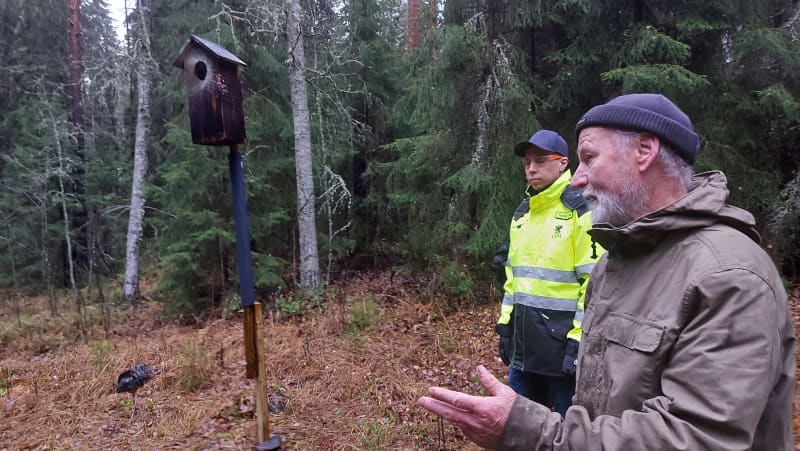In Janakkala, a new model area for the conservation of birds of prey is being created in a forestry company’s commercial forest. The aim is to improve the living conditions of birds of prey, for example by making felling in the area more compatible with breeding conditions.
In an 8 000-hectare forest area owned by forest industry company UPM Metsä, the protection of birds of prey is being improved by building weasel-proof nesting boxes for barn owls.
According to the company, the new protected area is part of its efforts to promote biodiversity.
There will also be artificial beds for chicken, mouse and bee hives in the commercial forest. The Sääksisäätiö and UPM are looking for lessons for similar activities elsewhere in Finland.
– Perches and artificial nests are placed in such places that hawks and owls find the nests. The places have been chosen in such a way that they are safe for a long time. The sites do not end up in the area of \u200b\u200bclear-cut logging, says Kara.
Weasel destroys nests of barn owls
– The functionality of the culverts was tested in Korkeasaari. Treats were put in them, but the lice couldn’t get to them.
The nest box is installed at the end of the post. A plastic tube is placed around the post, the surface of which the nails of the wart cannot get hold of. The nests are placed so far from the nearby trees that the weasels cannot attack the nest even by jumping.

The marten can destroy all barn owl nests in the area. Valonen, who enjoys birds himself, admits that the marten is also a valuable species in nature. Still, it can look for its food elsewhere than in the nests of barn owls.
There are hopes for the nesting of great spotted owls
Nestlings come to the ground at a good time, because there are now more barn owls in Häme than in many years. That’s why we expect results from the benefits brought by the barns as early as next year.
– We have received barn owls from the far east, where their nesting has been successful. Mole populations are on the rise here, and there are hopes that there will be puppers here next spring, predicts Juha-Matti Valonen.
UPM’s Janakkala forest already has a comprehensive nesting network of barn owls. It will be renovated along with other improvements.

Forestry work can be adapted to the nesting of birds of prey
Information about the nesting places of birds of prey is stored in UPM’s information system. With the help of the information, it is possible to coordinate the nesting of birds of prey and plans for deforestation.
– If logging occurs, the situation is not always either-or. We can adapt the living conditions of birds of prey also in commercial forests. This is the big goal here, assures UPM’s Juha-Matti Valonen.
– Almost all forest owners have a positive attitude towards nesting trees for birds of prey. When there are plans to take action in the forest and we know where the nests are located, we can think about the timing and boundaries of felling so that nesting can continue.

Häkkinen believes that the nest sites made now will be popular. There will be twenty artificial nests for forest hawks in the Janakkala forest, which are chicken, mouse and bee hawks.
– They last in wood for decades. Organic nests, on the other hand, often come down every couple of years and even in the middle of nesting.

